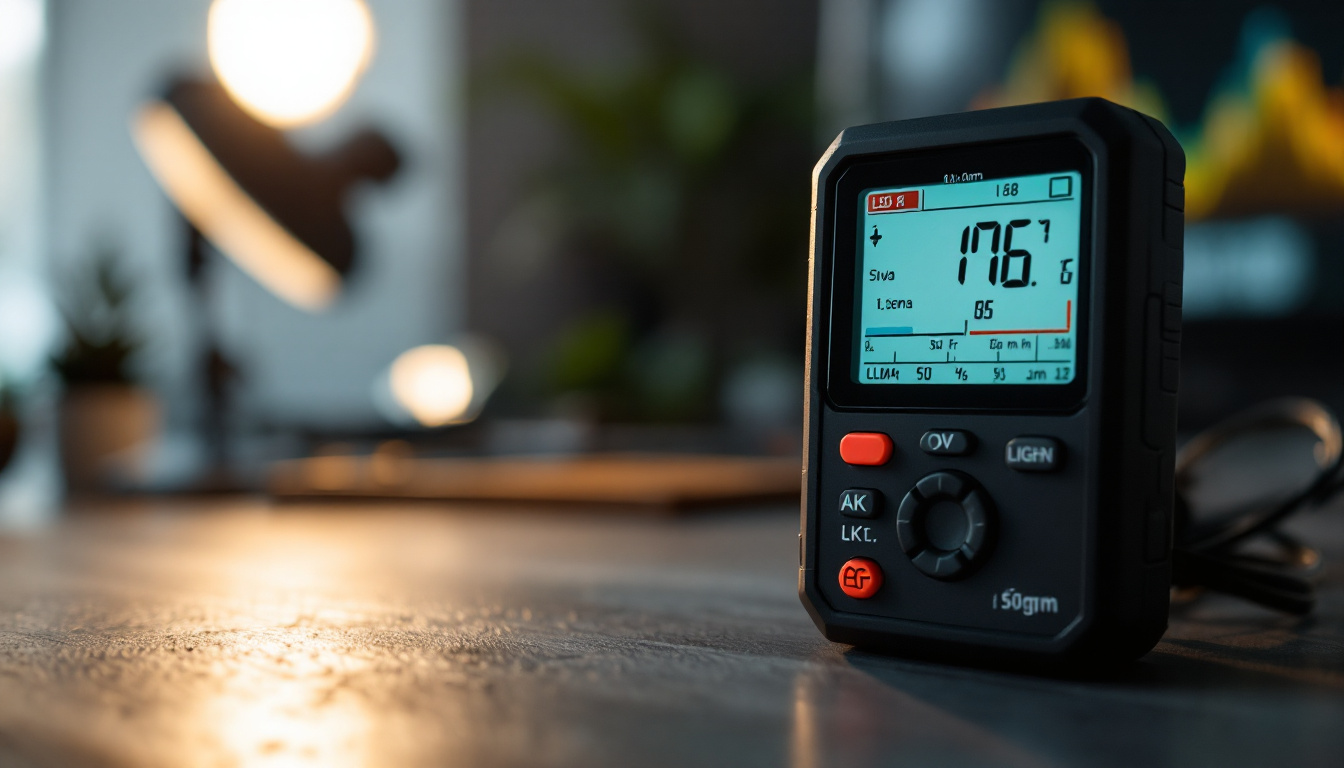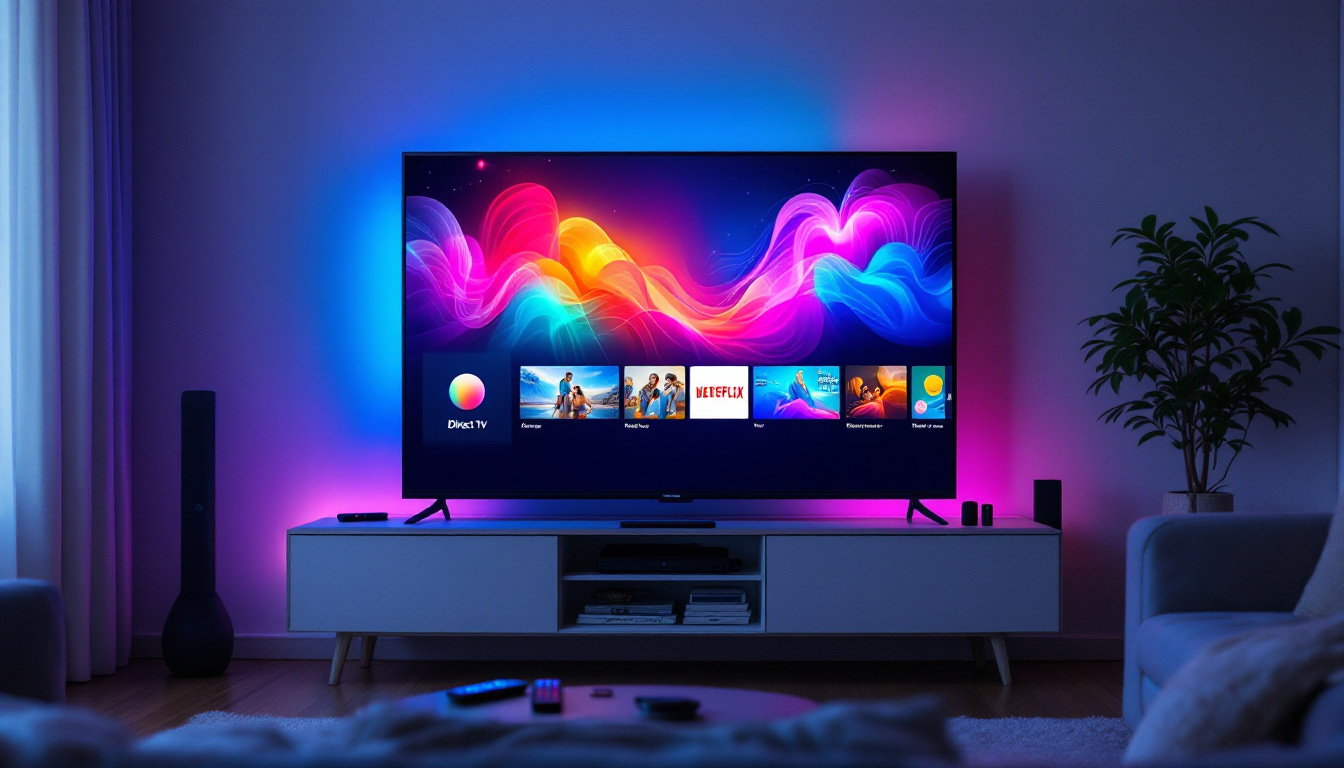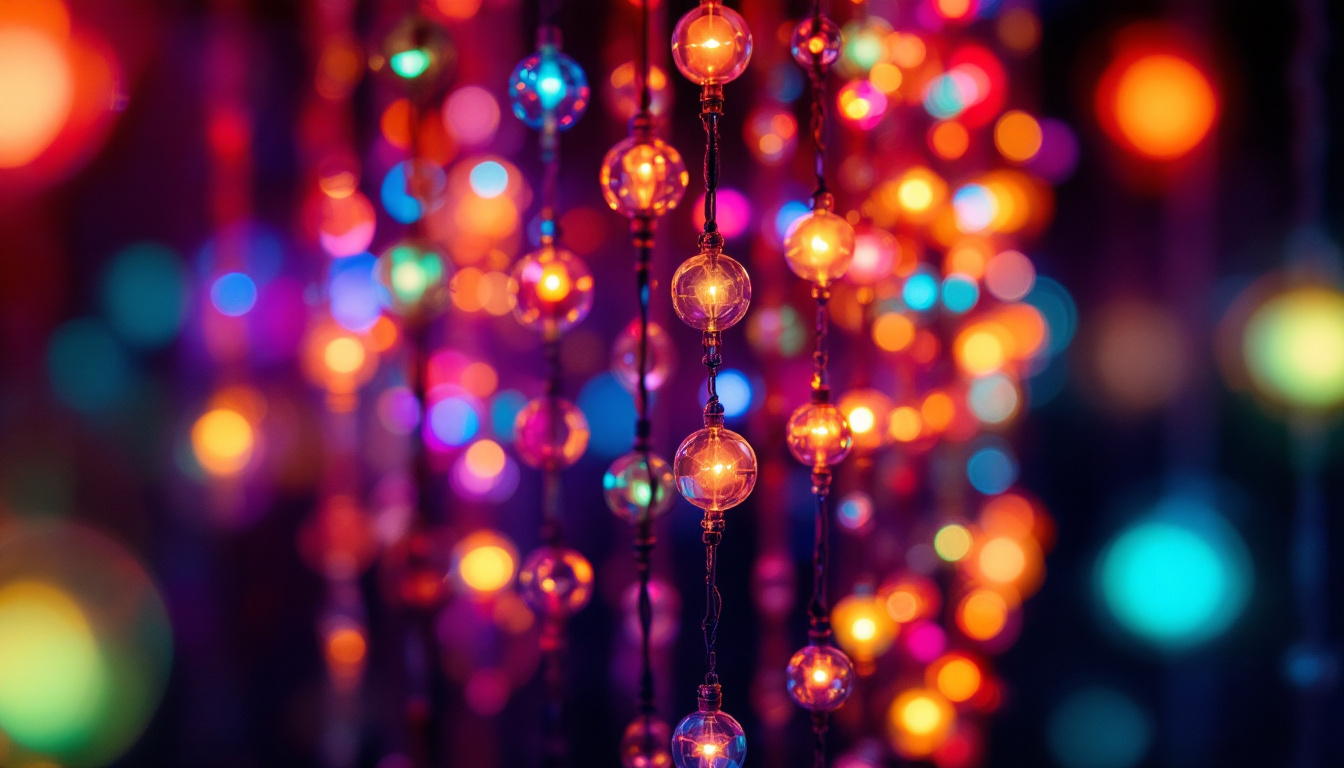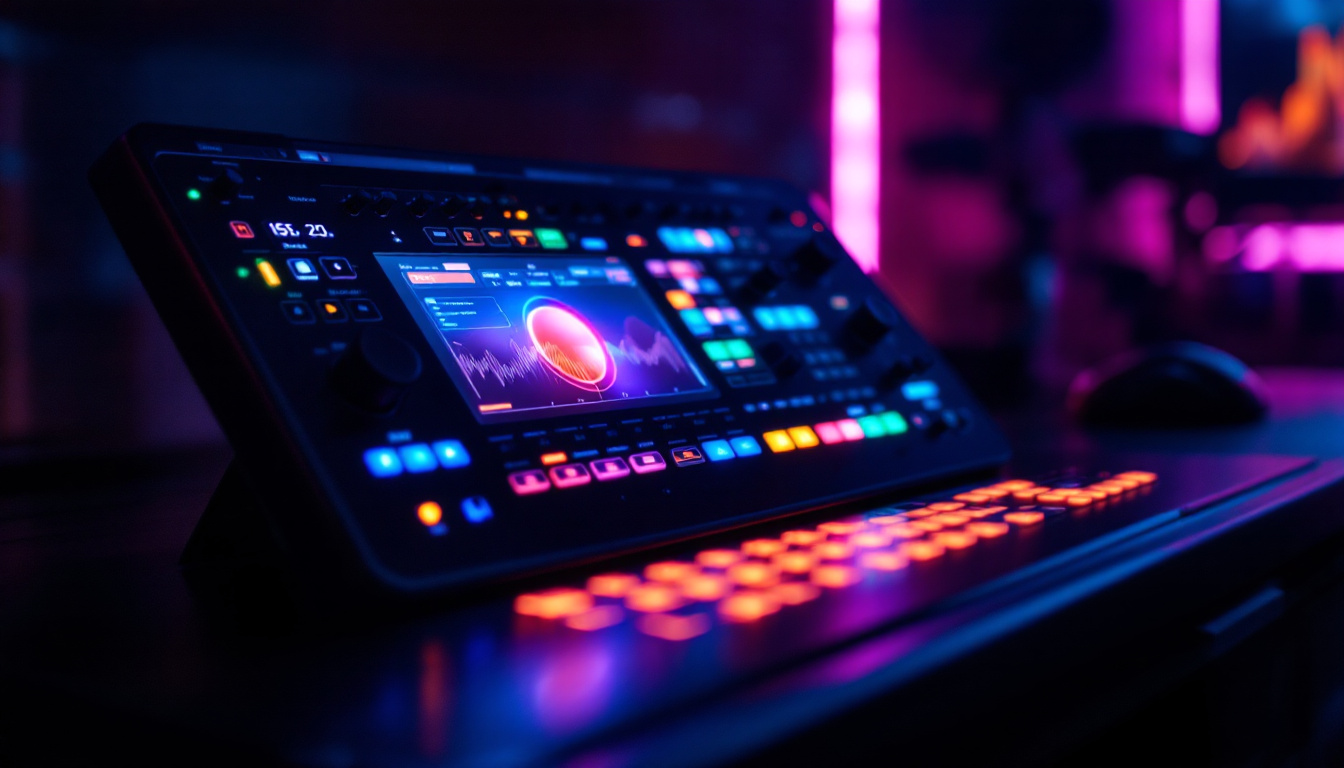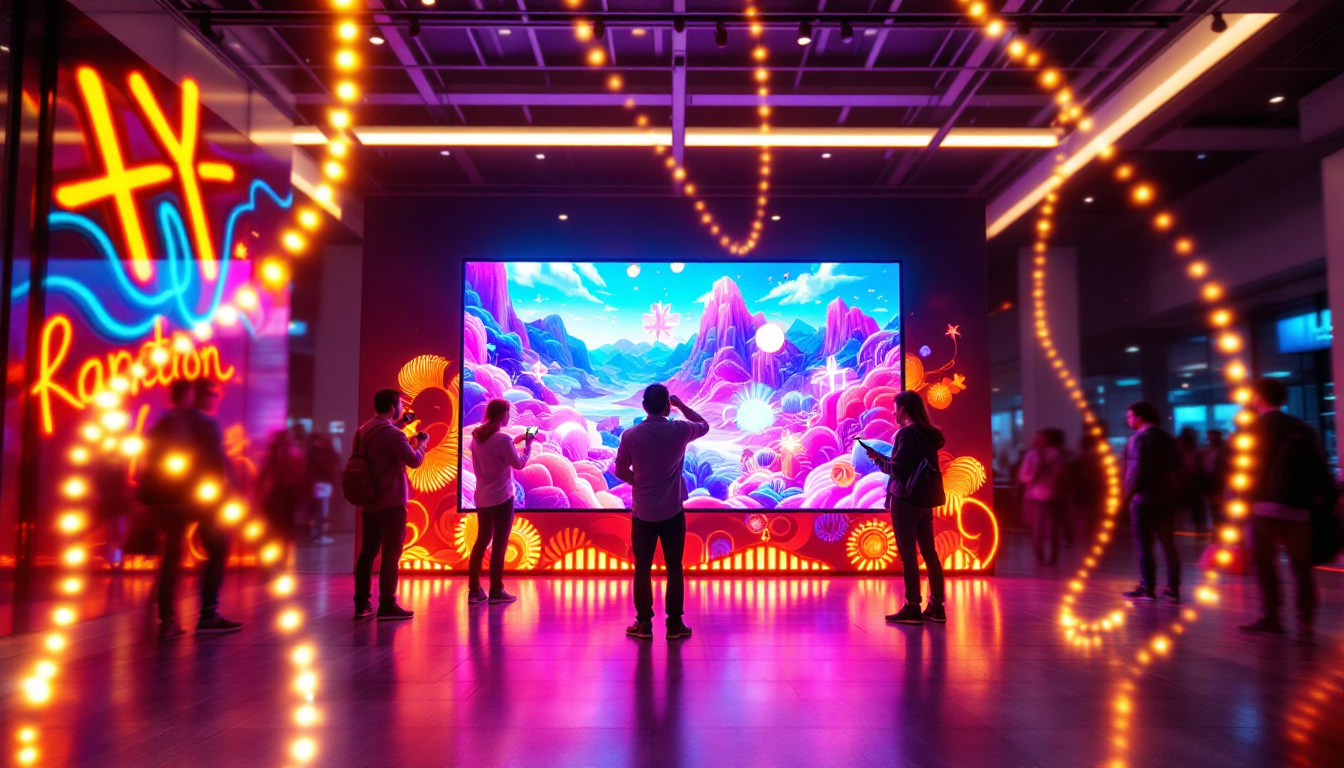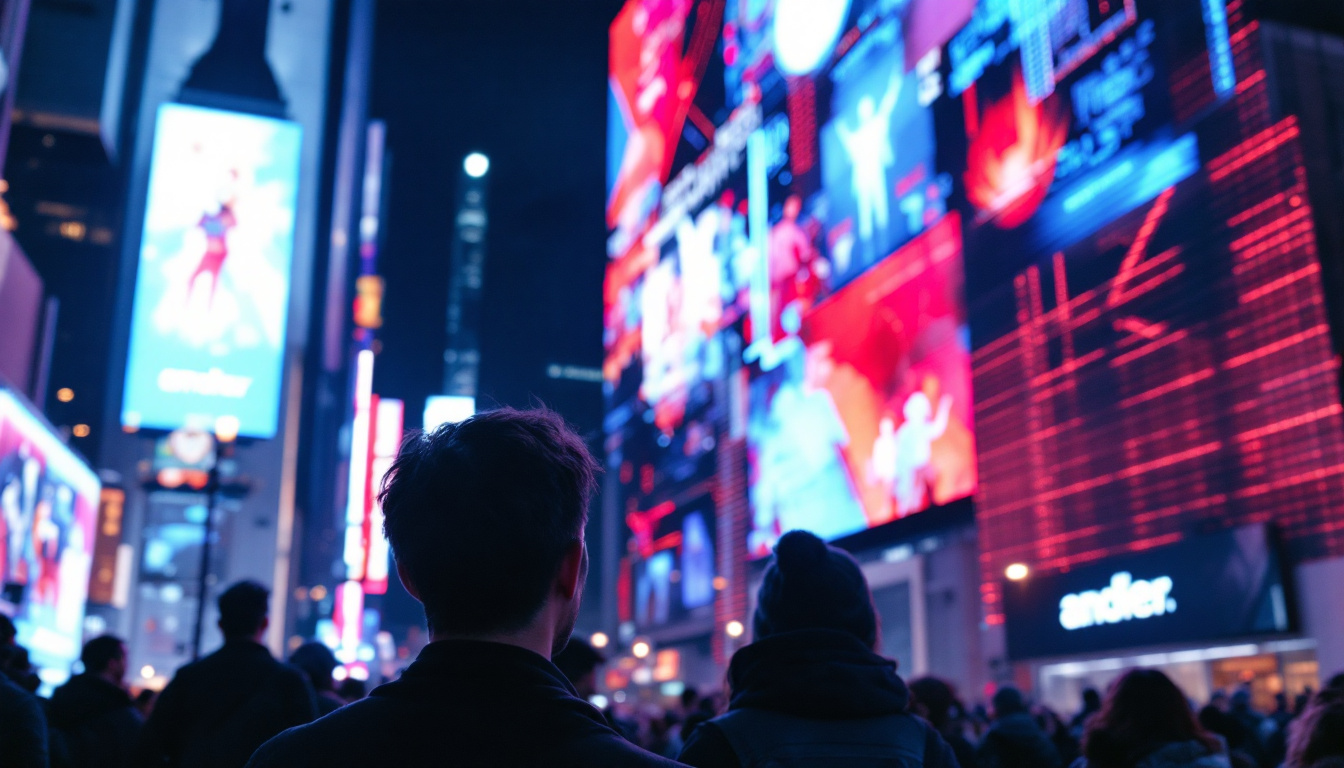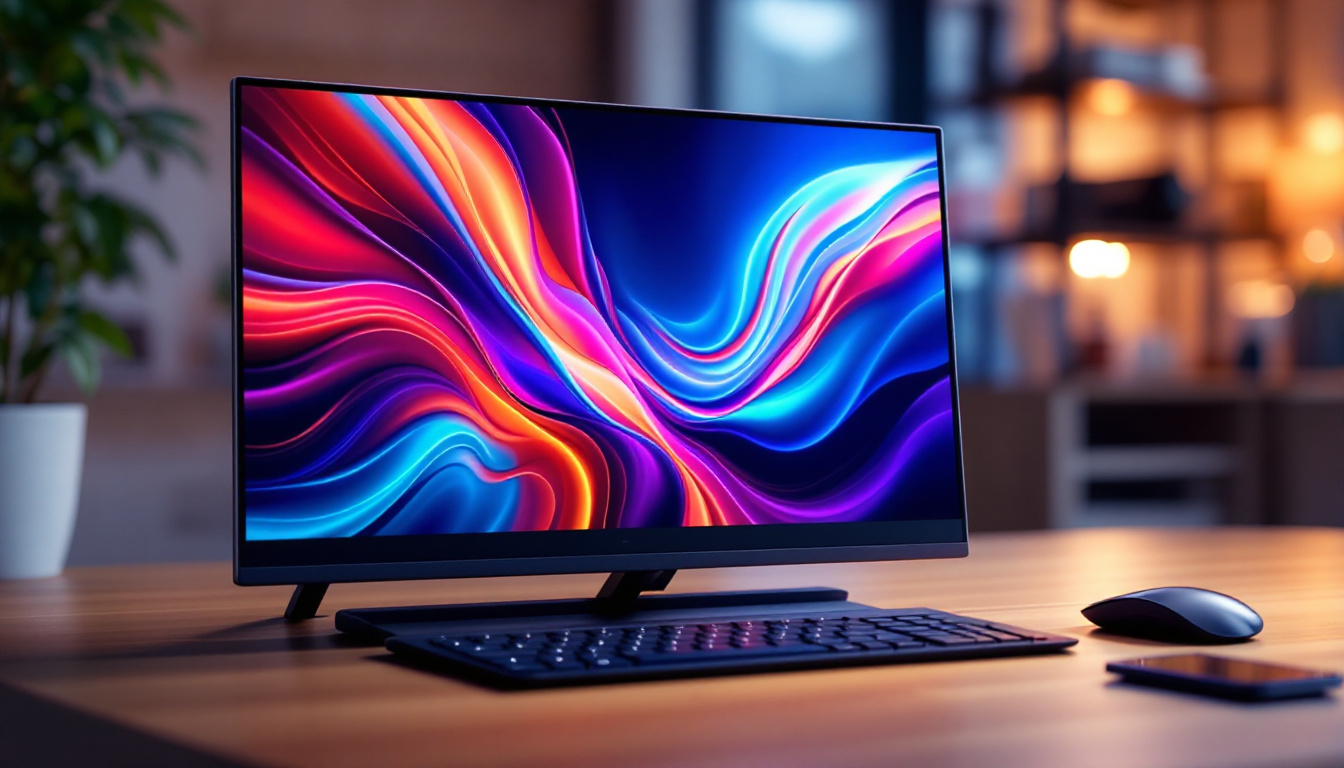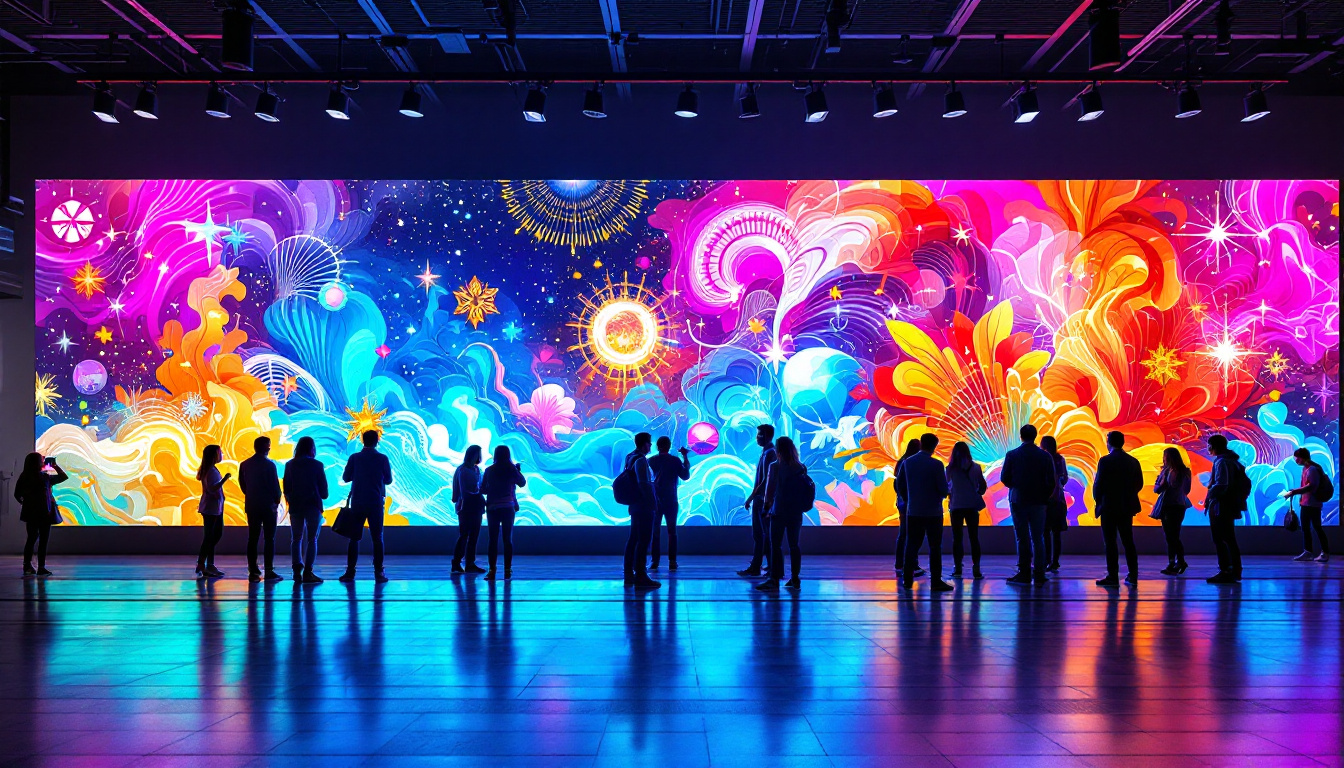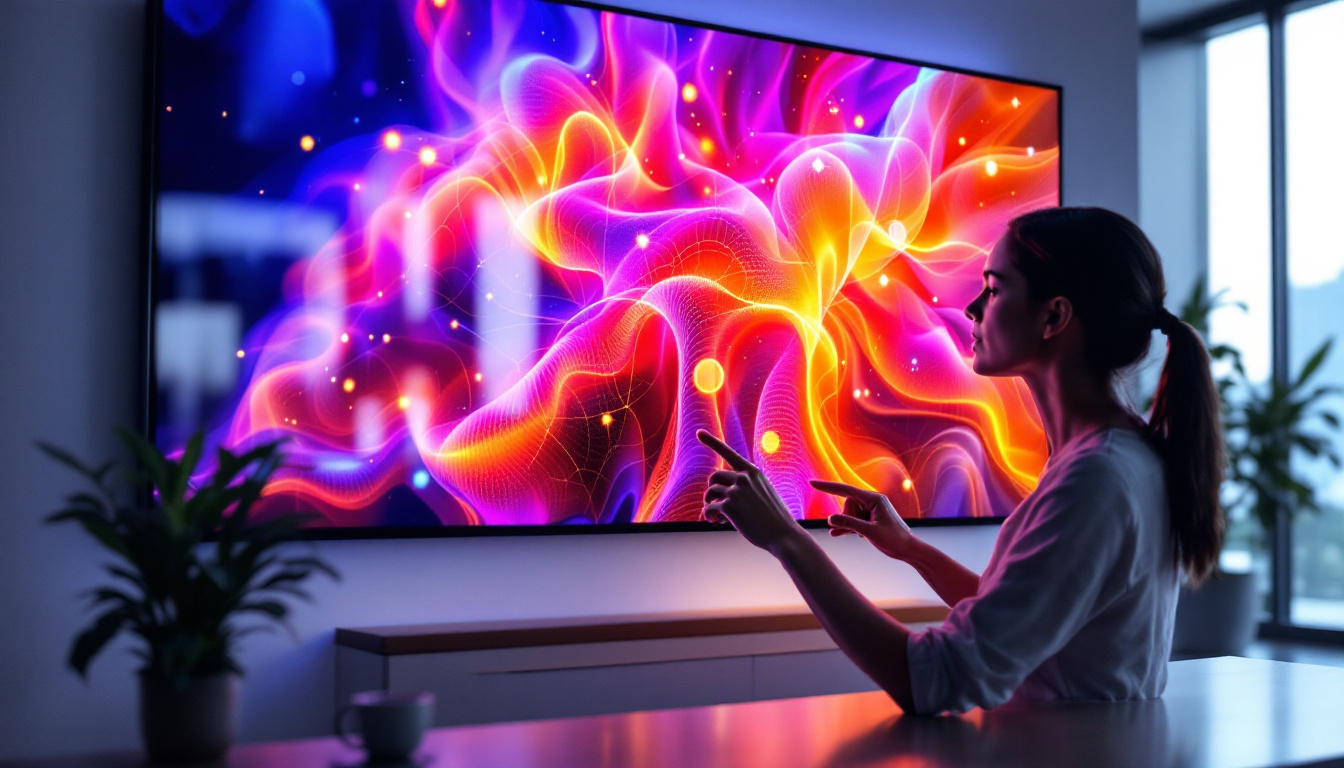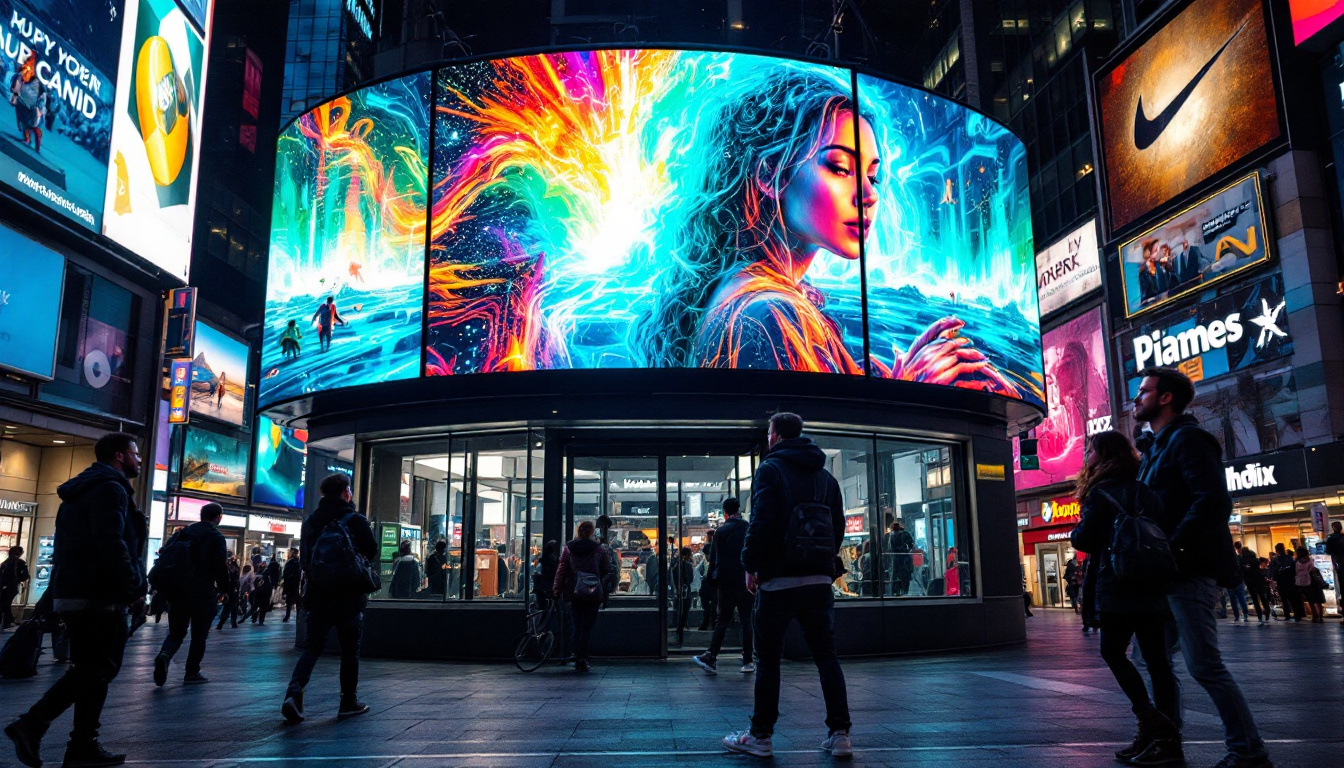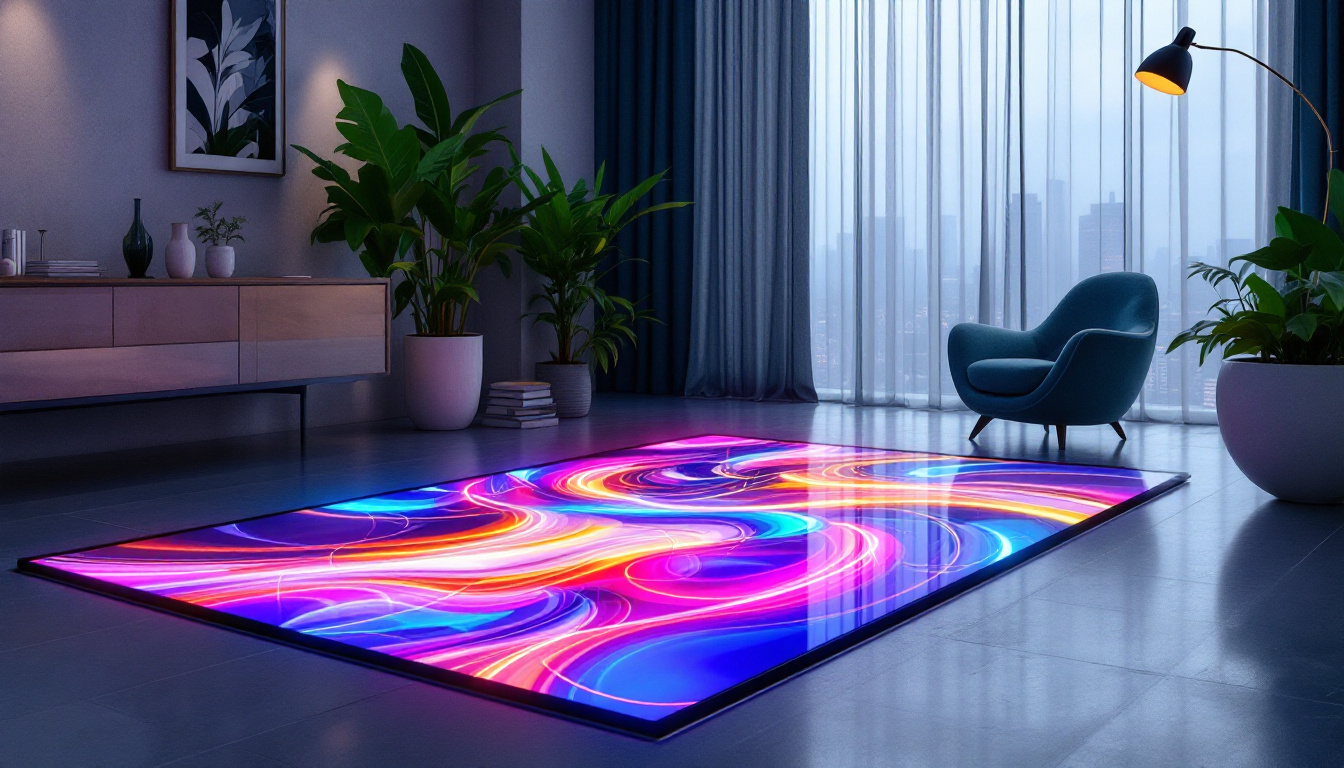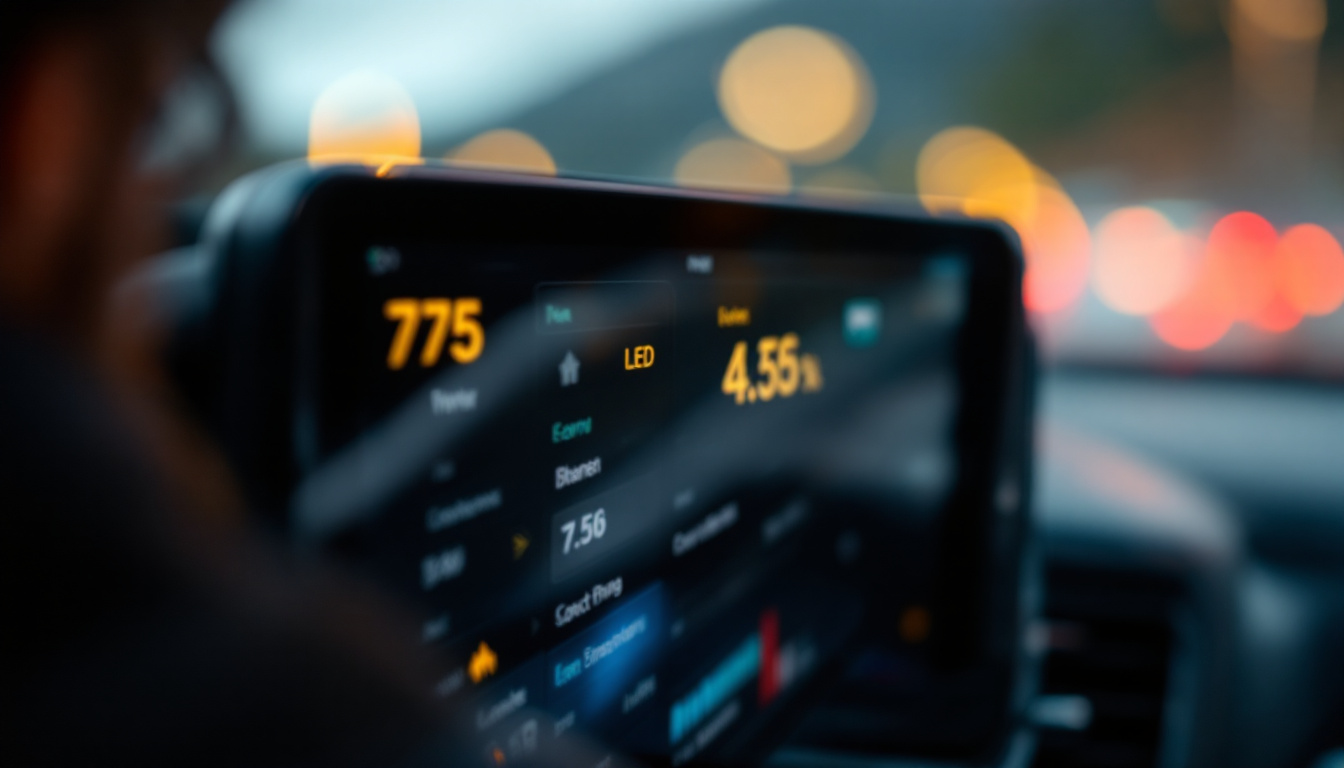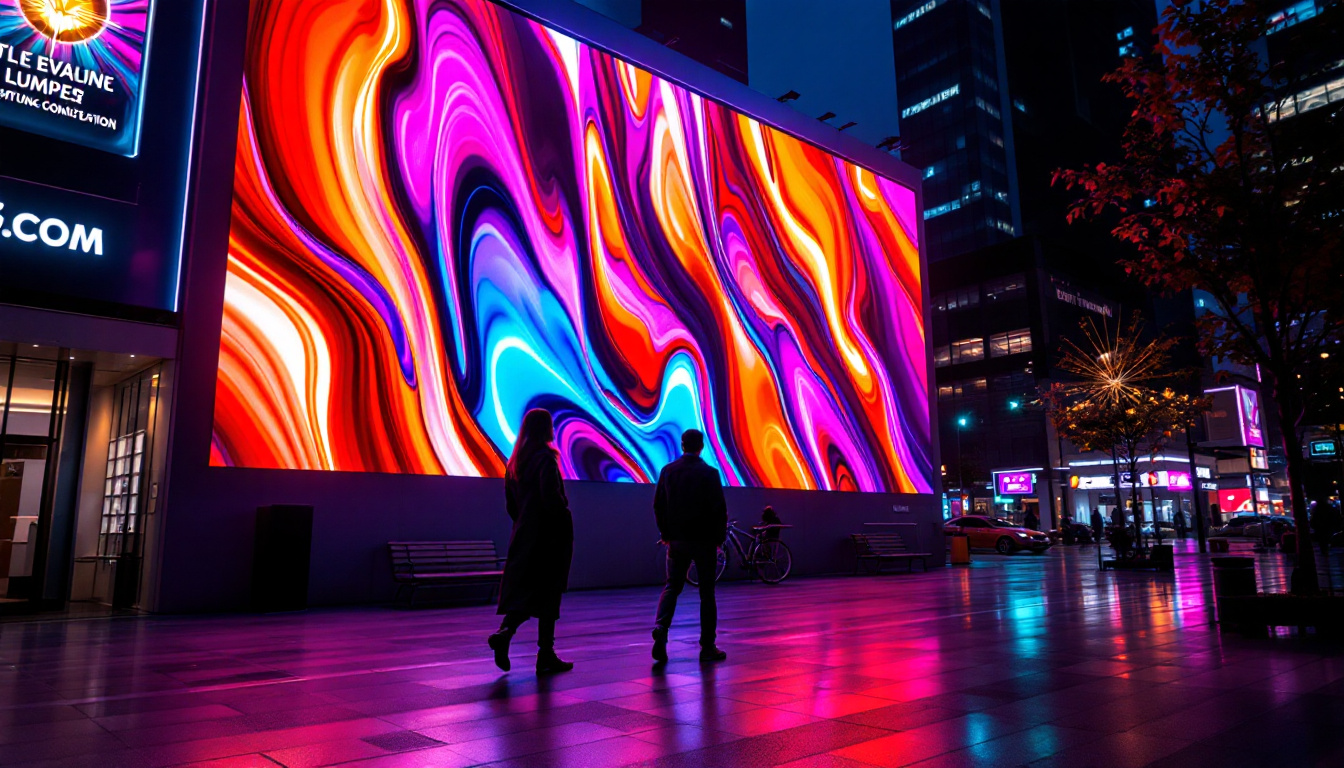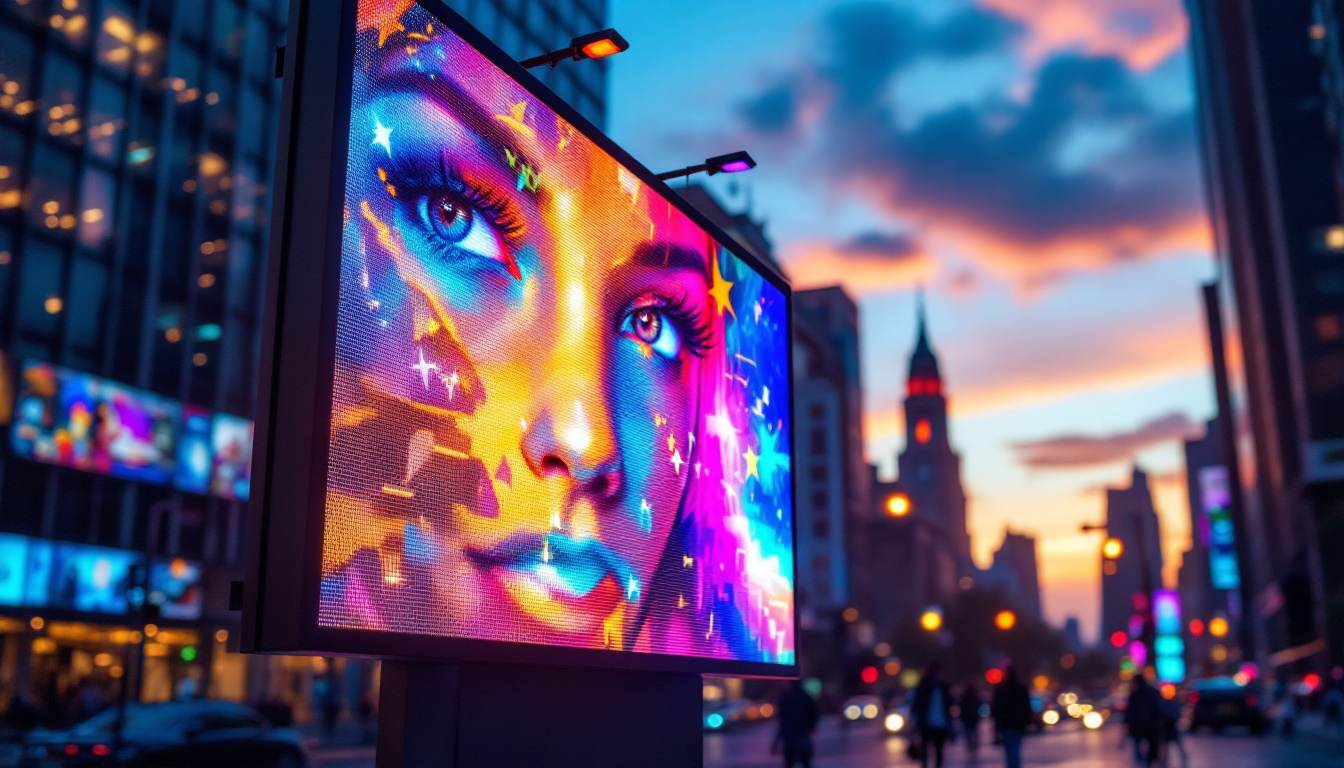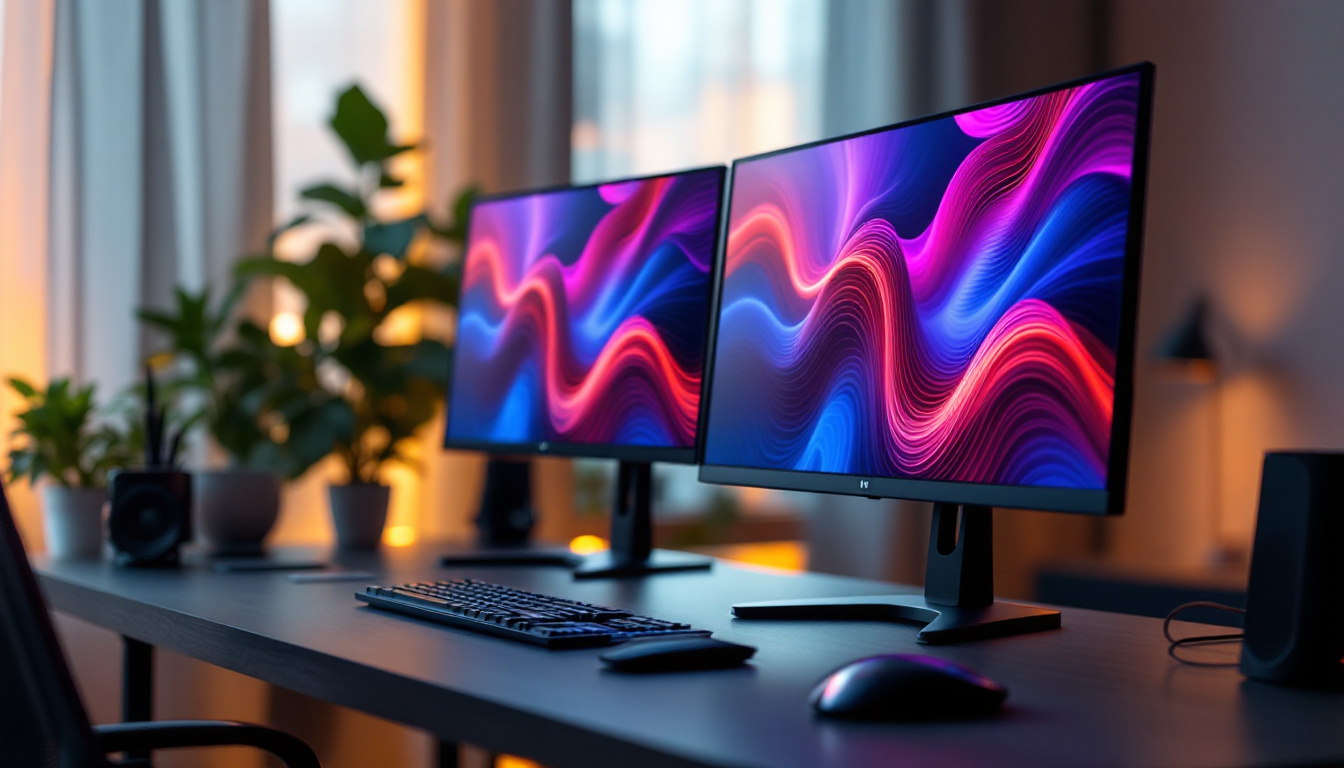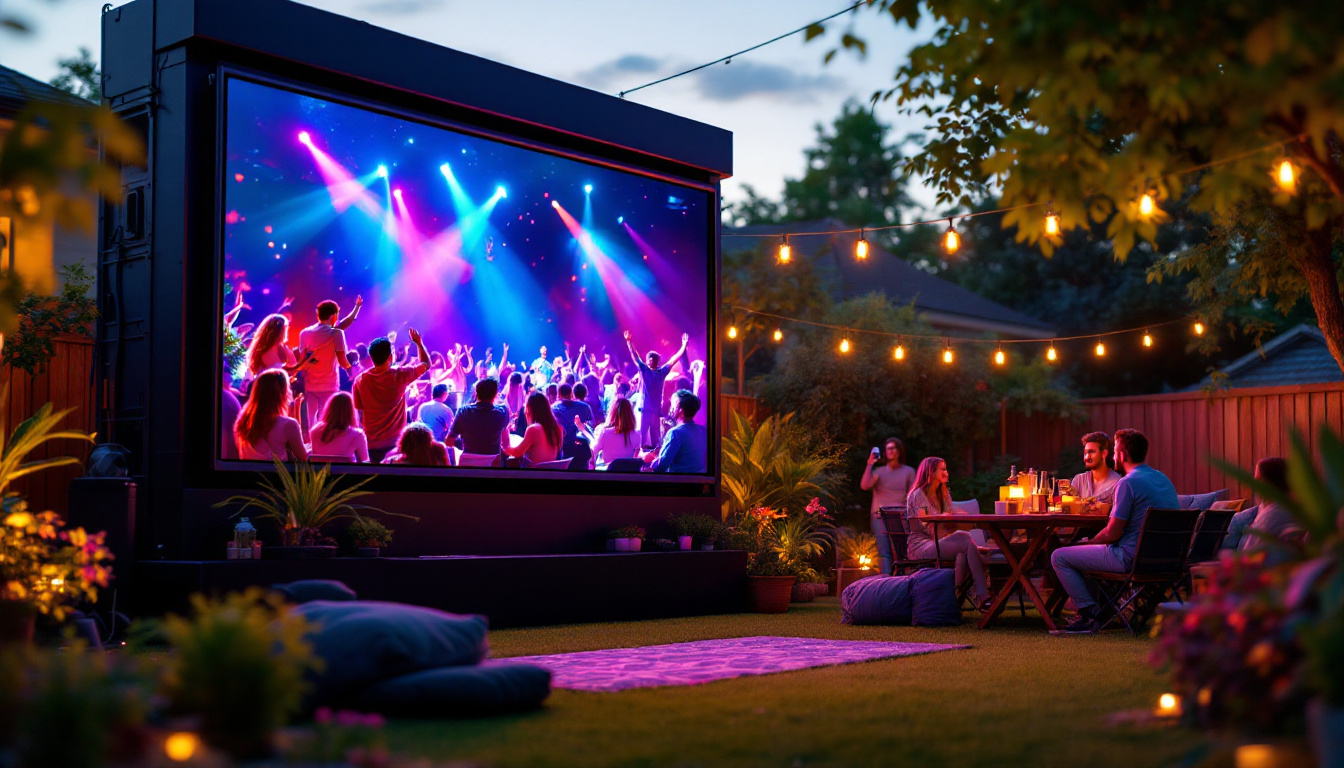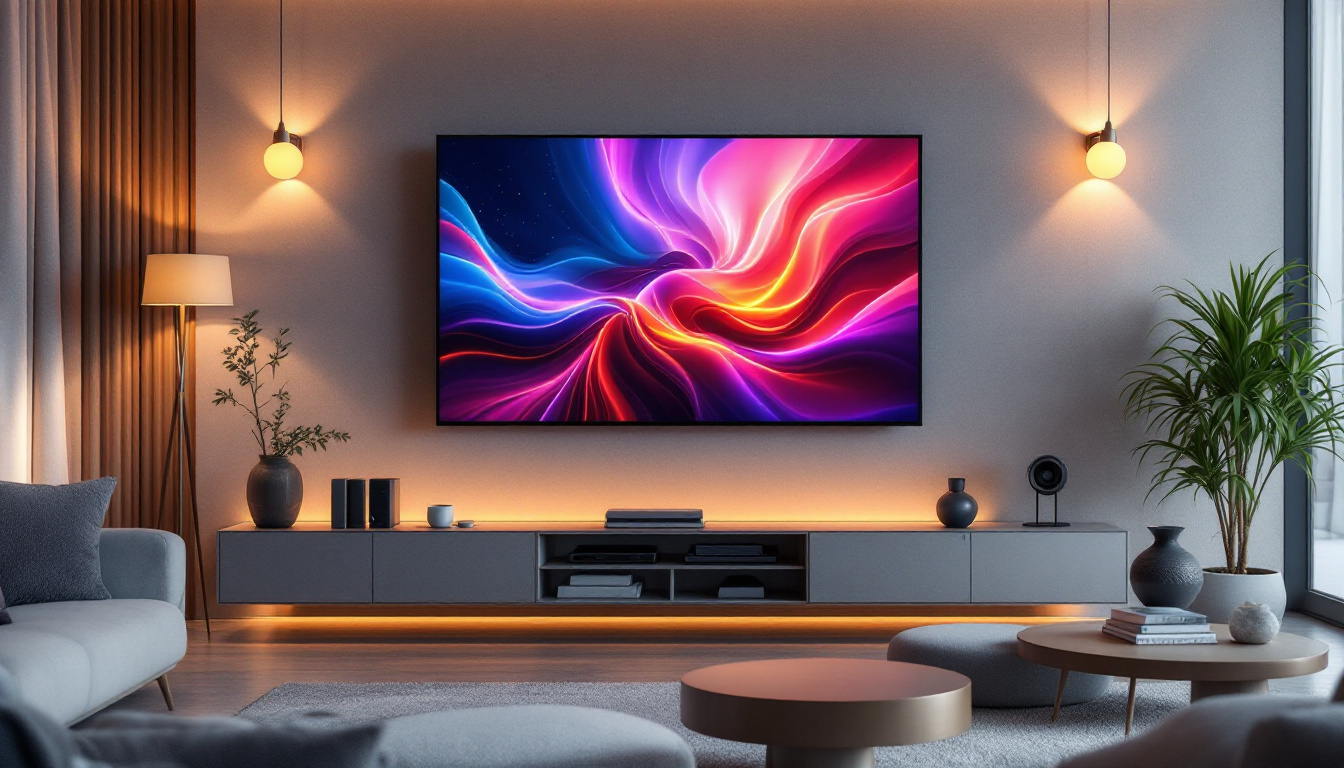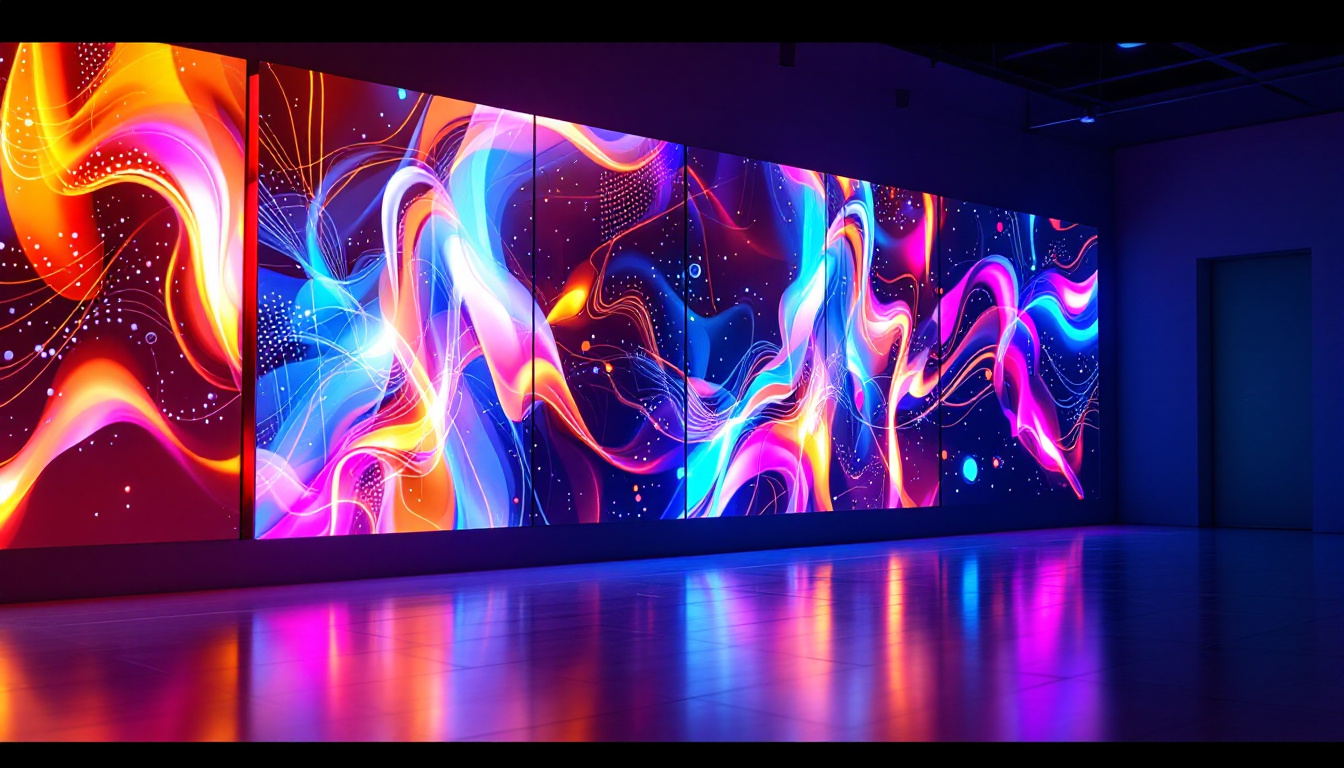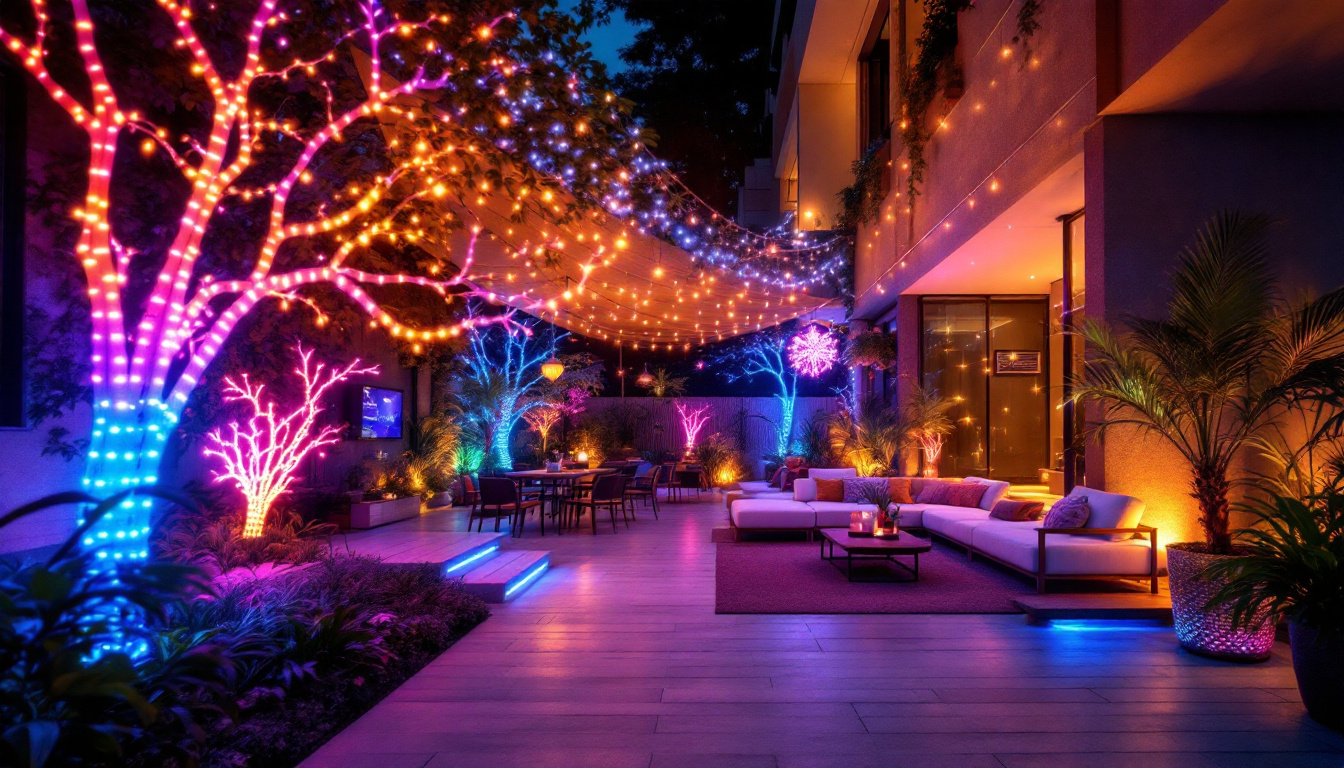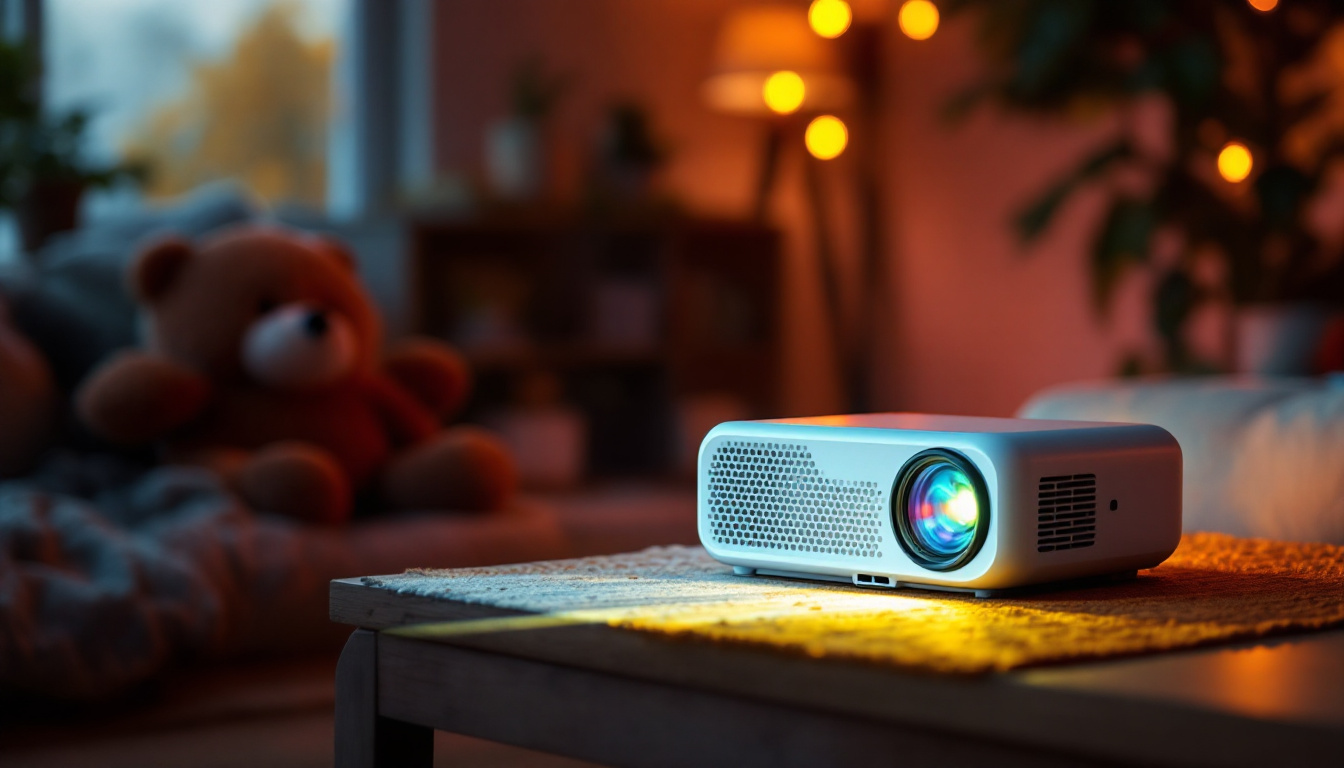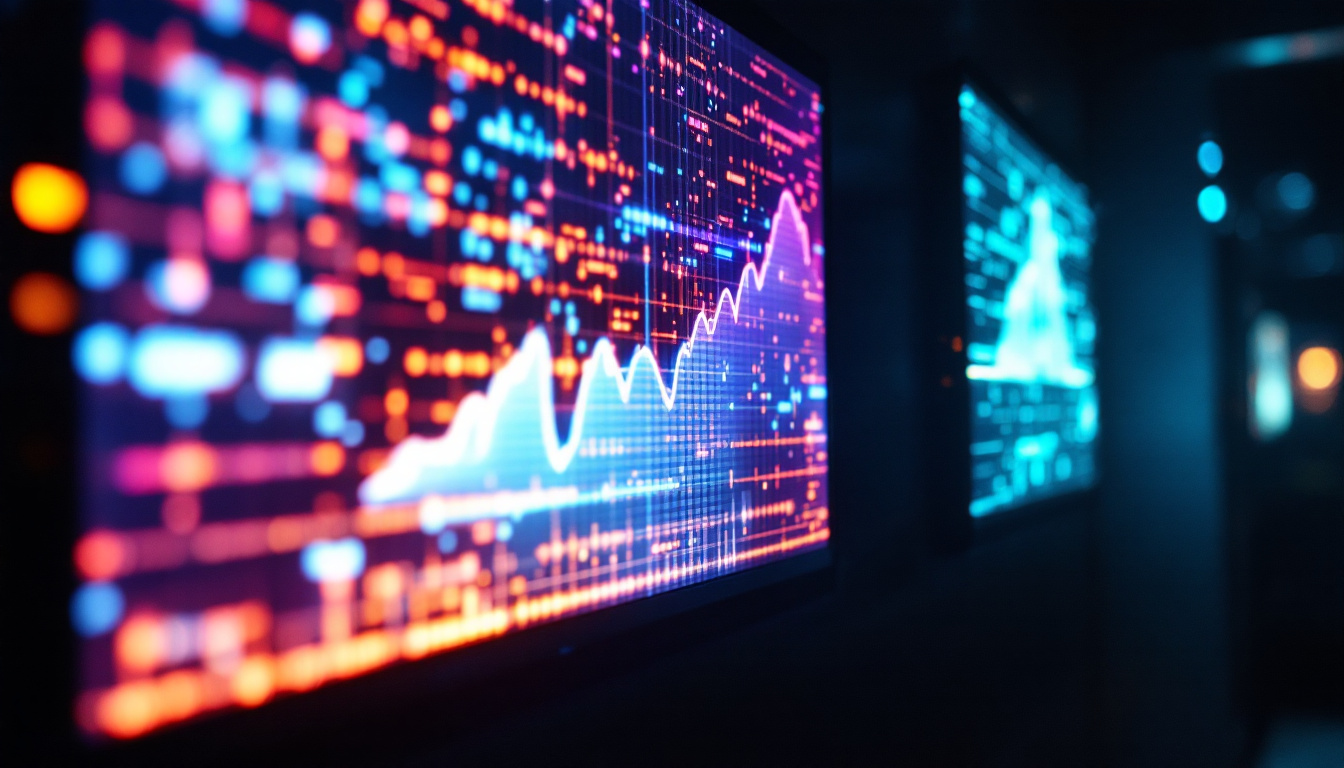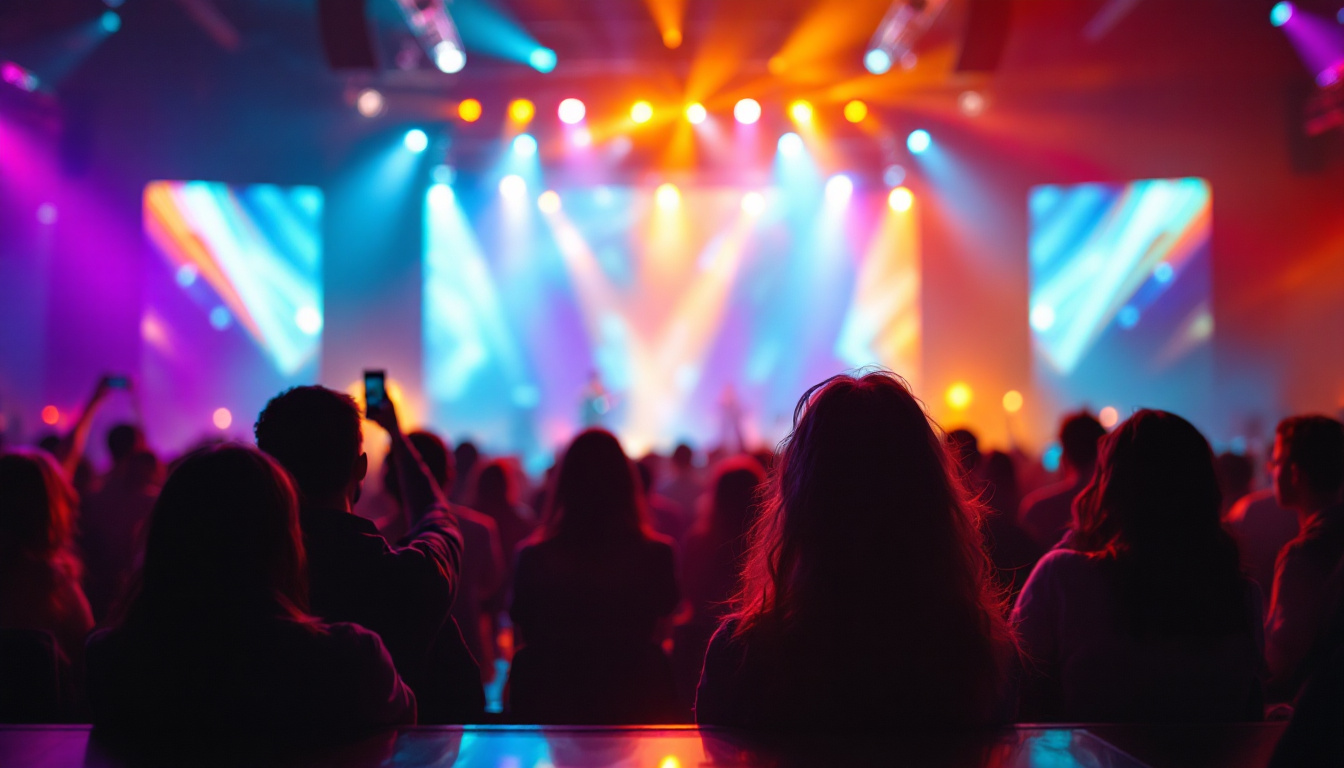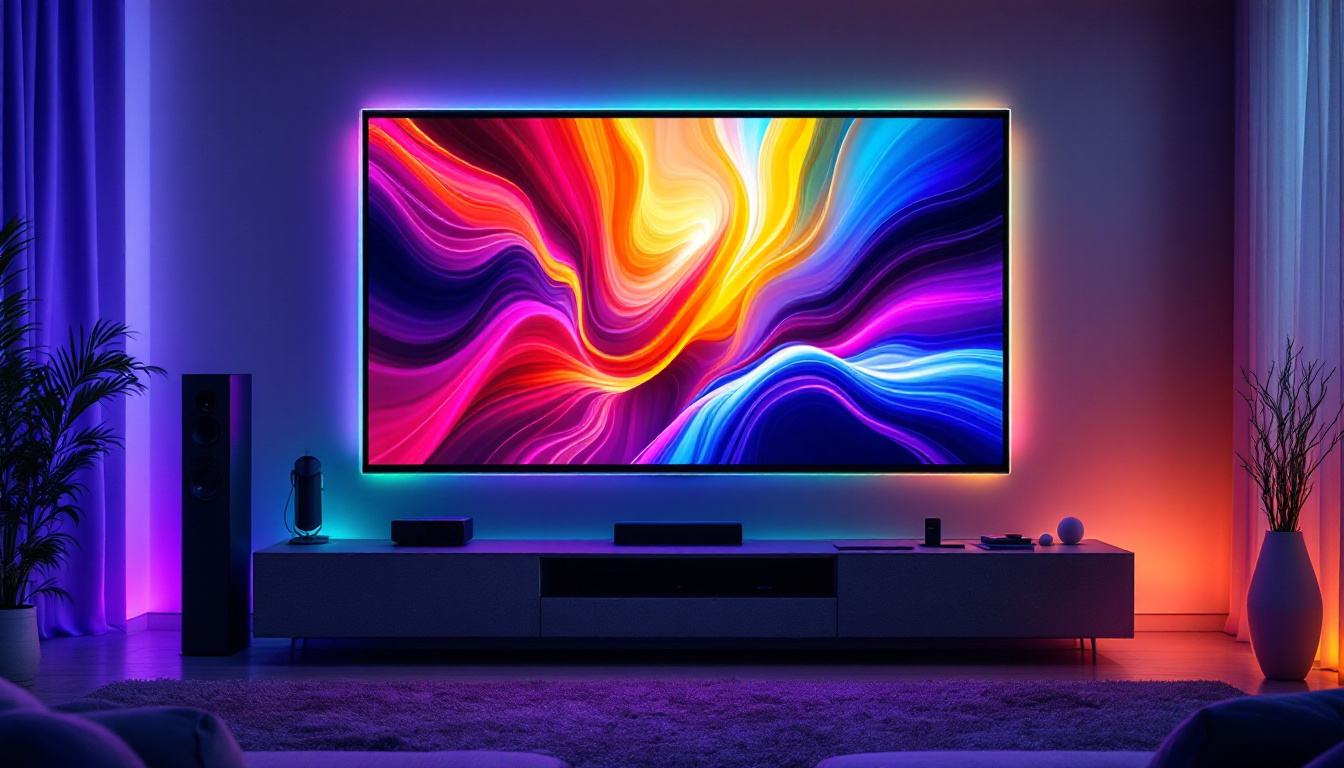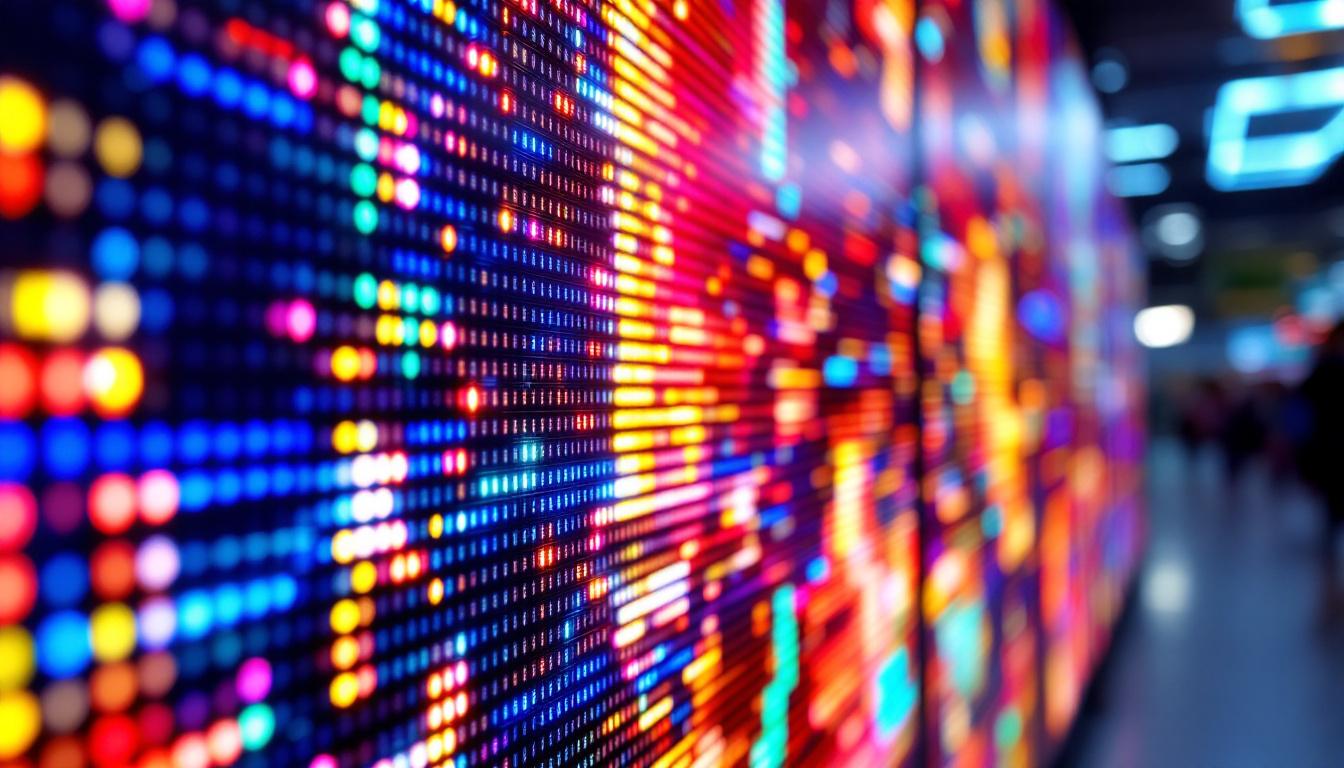In the world of photography, cinematography, and various scientific applications, the importance of accurate light measurement cannot be overstated. A light meter is an essential tool that helps professionals and enthusiasts alike achieve the perfect exposure. Among the various types of light meters available, those equipped with LED displays have gained popularity for their user-friendly interface and precise readings. This article delves into the features, benefits, and considerations of using light meters with LED displays.
Understanding Light Meters
Before exploring the specifics of LED displays, it is crucial to understand what a light meter is and how it functions. A light meter measures the intensity of light in a given environment, providing readings that help users determine the appropriate exposure settings for their cameras or other devices. This tool is indispensable for photographers, videographers, and even cinematographers, as it allows them to make informed decisions about lighting conditions, which can greatly impact the final outcome of their work.
Types of Light Meters
There are primarily two types of light meters: incident light meters and reflected light meters. Incident light meters measure the light falling on a subject, while reflected light meters gauge the light bouncing off the subject. Each type has its applications, with incident meters often favored for portrait photography and reflected meters commonly used in landscape photography. In addition to these, there are also spot meters, which measure light in a very specific area, allowing for precise control over exposure in complex lighting situations. This versatility makes light meters valuable tools in various fields, from studio photography to outdoor shooting.
Why Use a Light Meter?
Using a light meter can significantly enhance the quality of photographs and videos. By providing accurate readings, light meters help photographers avoid overexposure or underexposure, ensuring that images are captured with the desired brightness and contrast. Additionally, they can save time in post-processing by reducing the need for adjustments to exposure levels. Beyond photography, light meters are also essential in other fields such as architecture and interior design, where understanding light quality and intensity can influence the aesthetic and functional aspects of a space. Furthermore, they can assist in video production, where lighting consistency is crucial for maintaining a cohesive visual narrative throughout a project.
The Rise of LED Displays in Light Meters
With advancements in technology, light meters have evolved, and one of the most notable changes is the integration of LED displays. These displays offer several advantages over traditional analog meters, making them a popular choice among users.
Clarity and Readability
One of the primary benefits of LED displays is their clarity. Unlike analog meters, which require users to interpret needle positions on a dial, LED displays present information in a straightforward numerical format. This clarity allows users to quickly assess light levels without any ambiguity. The precision of digital readouts is particularly beneficial in professional settings where accurate measurements are crucial, such as in studio photography or cinematography. With the ability to display decimal points, LED meters can provide finer granularity in readings, enhancing the user’s ability to make informed decisions regarding exposure settings.
Backlighting and Visibility
LED displays often come with backlighting features, making them easily readable in low-light conditions. This is particularly advantageous for photographers working in dim environments or during nighttime shoots. The ability to read measurements at a glance can significantly streamline the workflow. Additionally, many LED light meters are designed with high-contrast screens that improve visibility even in bright sunlight, ensuring that users can rely on their equipment in various lighting conditions. This versatility is essential for outdoor photographers who may encounter rapidly changing light situations throughout the day.
Additional Features and Customization
Many modern light meters with LED displays offer additional features, such as customizable settings and memory functions. Users can save specific light readings for future reference, allowing for more consistent results during shoots. Furthermore, some models include advanced options like averaging multiple readings or calculating exposure values automatically. These sophisticated functionalities empower users to tailor their light meter to their specific needs, whether they are capturing still images, shooting video, or conducting scientific measurements. Some light meters even come equipped with Bluetooth connectivity, enabling seamless data transfer to smartphones or tablets for further analysis and documentation, which can be especially useful in educational or professional settings.
Key Features to Look for in an LED Light Meter
When considering a light meter with an LED display, several key features should be evaluated to ensure it meets the user’s needs.
Measurement Range
The measurement range of a light meter determines its versatility. A good light meter should be able to measure a wide range of light intensities, from very low levels suitable for night photography to bright daylight conditions. This flexibility allows users to adapt to various shooting scenarios. For instance, in low-light environments, such as during twilight or in dimly lit interiors, having a light meter that can accurately measure subtle differences in light can make a significant difference in achieving the desired exposure. Conversely, in bright sunlight, the ability to measure high light levels without saturation ensures that photographers can capture the full dynamic range of their subjects.
Accuracy and Calibration
Accuracy is paramount when selecting a light meter. Look for models that provide precise readings and are easy to calibrate. Some light meters come with factory calibration, while others may require manual adjustments. Ensuring that the device is accurate will lead to better exposure decisions. Additionally, consider how often the meter needs recalibration, as frequent adjustments can be cumbersome during a shoot. Some advanced models even offer self-calibration features, which can save time and ensure consistent performance over the long term, making them invaluable tools for professional photographers who rely on precise lighting conditions.
Portability and Build Quality
For photographers and videographers on the go, portability is a significant consideration. A lightweight and compact design can make a light meter easy to carry. Additionally, the build quality should be robust enough to withstand the rigors of outdoor shooting. Look for features such as weather resistance or shockproof designs, which can protect the device from unexpected elements. Furthermore, some light meters come with protective cases or straps, enhancing their portability and ensuring they are readily accessible when needed. This durability is particularly important for those who frequently work in challenging environments, such as rugged landscapes or bustling urban settings, where equipment can be subjected to wear and tear.
Comparing LED Light Meters on the Market
With a plethora of options available, it can be challenging to choose the right LED light meter. Here, we compare several popular models, highlighting their features and potential drawbacks.
Model A: The All-Rounder
This model is known for its versatility, offering both incident and reflected light measurement capabilities. With a clear LED display and an extensive measurement range, it is suitable for various photography styles. However, some users have noted that its battery life could be improved.
Model B: The Compact Choice
For those prioritizing portability, Model B is an excellent option. Its lightweight design makes it easy to carry, and the LED display is bright and easy to read. However, it may lack some advanced features found in larger models, making it less suitable for professional use.
Model C: The Professional’s Pick
This high-end light meter is designed for professionals who require precision and advanced features. It offers extensive customization options and a high degree of accuracy. While it comes at a premium price, many users find the investment worthwhile for the quality and performance it delivers.
Practical Applications of LED Light Meters
LED light meters are not just for photographers; they have a wide range of applications across various fields. Understanding these applications can help users appreciate the value of investing in a quality light meter.
Photography and Videography
In photography and videography, accurate light measurement is crucial for achieving the desired aesthetic. Whether capturing portraits, landscapes, or product shots, a light meter ensures that the subject is lit correctly, enhancing the overall quality of the work.
Film Production
In the film industry, lighting plays a pivotal role in storytelling. Cinematographers rely on light meters to maintain consistency in lighting across different scenes. This consistency is vital for creating a cohesive visual narrative, and LED light meters provide the precision needed for such tasks.
Scientific Research and Industrial Applications
Outside of creative fields, LED light meters are also used in scientific research and industrial applications. They help measure light levels in laboratories, monitor environmental conditions, and ensure compliance with safety regulations in workplaces where lighting is critical.
Tips for Using a Light Meter Effectively
To maximize the benefits of a light meter, users should consider the following tips for effective usage.
Understand the Environment
Before taking measurements, it is essential to understand the lighting conditions of the environment. Factors such as time of day, weather, and surrounding surfaces can all affect light readings. Taking these into account can lead to more accurate results.
Practice with Different Settings
Experimenting with different settings on the light meter can help users become more familiar with its capabilities. Try measuring light in various scenarios, such as indoors versus outdoors, or during different times of the day. This practice can build confidence in using the tool.
Regular Calibration
To ensure ongoing accuracy, regular calibration of the light meter is essential. Follow the manufacturer’s guidelines for calibration and maintenance. This practice will help maintain the reliability of the readings over time.
Conclusion: The Value of an LED Light Meter
Investing in a light meter with an LED display can significantly enhance the quality of photography, videography, and various scientific applications. The clarity, accuracy, and additional features offered by these devices make them invaluable tools for anyone serious about capturing the perfect image or conducting precise measurements.
As technology continues to advance, the capabilities of light meters will likely expand, offering even more features and improved accuracy. For those looking to purchase a light meter, understanding the key features and practical applications can lead to informed decisions, ensuring the right tool is selected for the task at hand.
Ultimately, whether for professional use or personal projects, a light meter with an LED display is a wise investment that can elevate the quality of work and streamline the creative process.
Discover LumenMatrix’s Advanced LED Display Solutions
Ready to take your visual projects to the next level? Explore LumenMatrix’s innovative LED display technology, designed to bring your creative visions to life with unparalleled clarity and impact. Whether you’re in need of an Indoor LED Wall Display for your studio, an Outdoor LED Wall Display for public exhibitions, or any of our specialized solutions like Vehicle LED Displays and Custom LED Displays, LumenMatrix has the cutting-edge tools to enhance your professional or personal endeavors. Check out LumenMatrix LED Display Solutions today and experience the future of visual communication.

